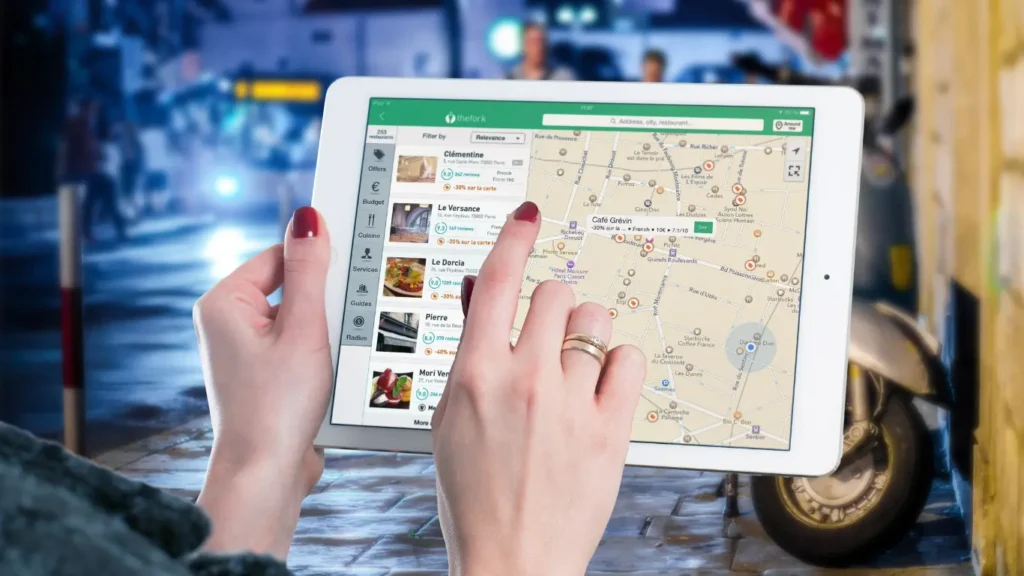Python application agriculture with global map with pest and disease is revolutionizing how we manage crop health and boost productivity. In a world increasingly threatened by climate change, pest outbreaks, and crop diseases, innovative solutions are essential.
Python, a versatile programming language, has emerged as a critical tool in addressing these challenges by integrating advanced technologies with actionable insights.
The Role of Python in Agriculture
Python, known for its simplicity and scalability, enables researchers and developers to create sophisticated applications tailored for agricultural needs. Leveraging Python, these applications incorporate machine learning, data visualization, and geospatial analysis to tackle real-world problems effectively.
Geospatial Analysis with Global Maps
One of the standout features of Python is its compatibility with libraries like Geopandas, Folium, and ArcPy, which are instrumental in building global maps to monitor pest and disease outbreaks. These maps provide real-time data on:
- Pest infestations across regions.
- Disease patterns linked to weather conditions.
- Crop vulnerability hotspots.
Such insights empower farmers, policymakers, and agricultural researchers to take preemptive measures, saving crops and ensuring food security.
Predictive Modeling for Pests and Diseases
Using Python’s machine learning libraries like TensorFlow, Scikit-learn, and Keras, developers can create predictive models to:
- Forecast pest outbreaks based on historical climate data.
- Predict disease spread by analyzing soil and water conditions.
- Offer tailored recommendations for integrated pest management.
IoT Integration
Python’s adaptability extends to Internet of Things (IoT) devices, which are increasingly deployed in agriculture. Sensors collecting data on humidity, temperature, and soil moisture can integrate with Python-based platforms to:
- Identify conditions conducive to pest proliferation.
- Trigger automated pest control mechanisms.
- Generate alerts for farmers to take timely action.
Addressing Global Agricultural Challenges
The global agricultural landscape faces numerous challenges, including the rapid spread of invasive pests and diseases. Python applications integrated with global map systems provide a proactive approach to managing these challenges by:
Facilitating Collaboration: Farmers and researchers worldwide can share data and insights through open-source Python platforms, fostering collaborative solutions.
Improving Precision Agriculture: By analyzing data at a granular level, these applications enhance precision farming techniques to reduce waste and maximize yields.
Enhancing Decision-Making: Data-driven insights empower stakeholders to make informed decisions, ensuring sustainable agricultural practices.
Real-Life Applications
Case Study: Tracking the Fall Armyworm
The Fall Armyworm, a destructive pest, has caused significant losses in maize crops globally. Python-based applications with geospatial mapping capabilities have:
- Tracked the pest’s migration patterns.
- Integrated weather data to predict future outbreaks.
- Assisted in deploying targeted control measures.
Case Study: Rice Blast Disease
Rice blast, a fungal disease affecting rice production, has been monitored effectively using Python applications. By integrating Python with remote sensing technologies, researchers have developed tools to:
- Identify affected areas via satellite imagery.
- Analyze soil properties contributing to disease spread.
- Suggest effective fungicide applications.
Why Python is Ideal for Agriculture
Open-Source Nature: Python’s vast repository of libraries and tools makes it cost-effective for agricultural projects.
Community Support: A vibrant community of developers ensures constant updates and innovations.
Interoperability: Python easily integrates with other technologies, such as AI, GIS software, and IoT systems.
Emotional Connection: A Farmer’s Perspective
Imagine a farmer struggling to protect their crops from an unknown pest. The anxiety of losing an entire season’s hard work is overwhelming. Python-based applications offer hope by providing real-time solutions, ensuring farmers don’t just survive but thrive in challenging conditions.
These tools bridge the gap between technology and the age-old wisdom of farming, creating a future where every harvest is a celebration.
FAQs on Python Applications in Agriculture
1. How does Python help in tracking pest outbreaks?
Python uses geospatial mapping libraries like Geopandas and Folium to create visual maps highlighting pest-infested areas. By analyzing climate and environmental data, Python applications provide real-time insights, enabling proactive measures.
2. Can Python predict future pest or disease occurrences?
Yes, Python’s machine learning frameworks, such as Scikit-learn and TensorFlow, analyze historical data to predict potential outbreaks, helping farmers and researchers stay ahead of challenges.
3. What are some popular Python libraries used in agriculture?
Key Python libraries include:
- Pandas for data analysis.
- Matplotlib and Seaborn for visualization.
- Geopandas for geospatial data.
- Scikit-learn for predictive modeling.
4. How do Python-based applications integrate with IoT devices in agriculture?
Python acts as a backend processor, collecting and analyzing data from IoT sensors measuring soil moisture, temperature, and humidity. This integration helps in real-time monitoring and automated response systems.
5. Are Python applications in agriculture scalable for global use?
Absolutely. Python’s open-source nature and extensive library ecosystem make it adaptable for large-scale applications, enabling global collaboration and integration with other technologies.
Conclusion
Python application agriculture with global map with pest and disease is not just a technological advancement; it’s a lifeline for farmers and a step toward sustainable agriculture.
By leveraging Python’s capabilities, we can address global challenges, enhance food security, and ensure a resilient agricultural ecosystem. The fusion of innovation and empathy in these tools makes them indispensable in today’s world.


